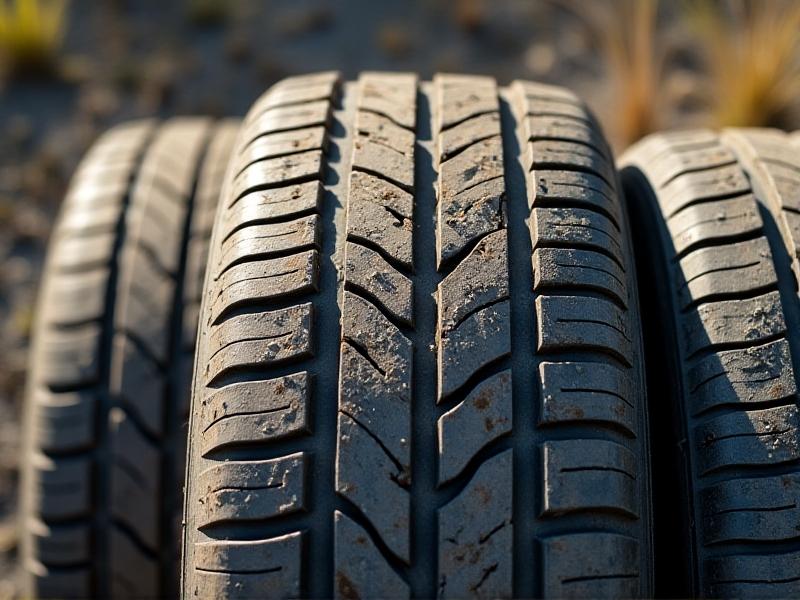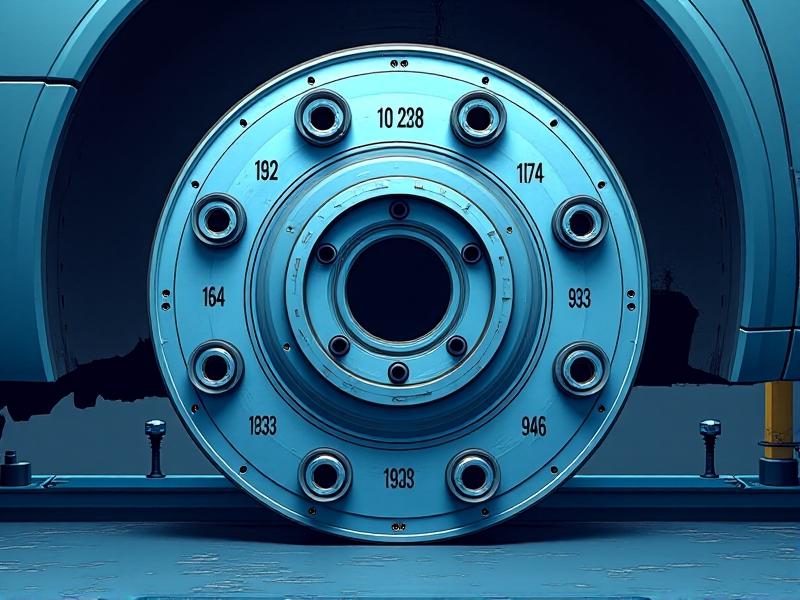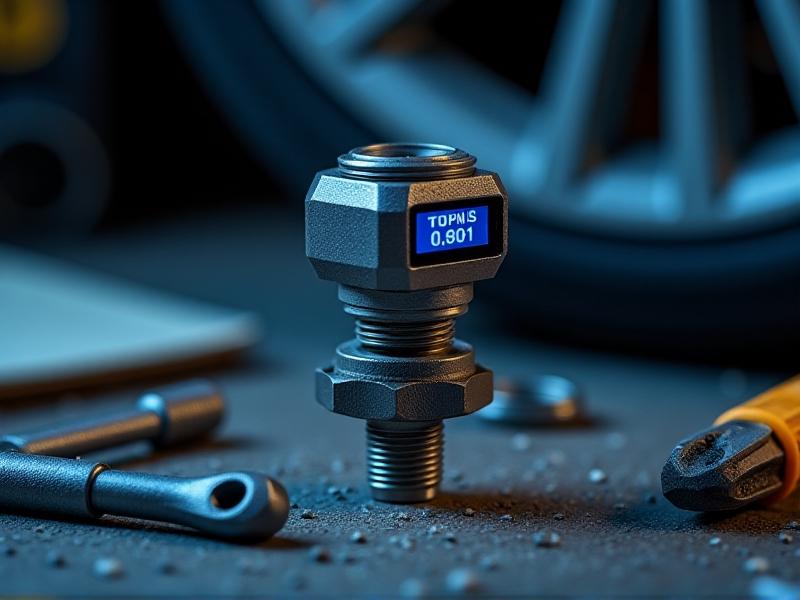```html
The Science Behind Wheel Cleaners: pH and Chemical Reactions
Wheel cleaning isn’t just about aesthetics—it’s a delicate balance of chemistry. The pH scale, ranging from acidic (0-6) to alkaline (8-14), plays a critical role in determining a cleaner’s effectiveness and safety. Acidic cleaners excel at dissolving stubborn brake dust but risk etching sensitive finishes. Alkaline solutions tackle grease and grime yet may strip protective coatings. Neutral pH (7) products offer a safer middle ground for routine maintenance. Understanding these interactions ensures you choose a formula that cleans without compromising your wheels’ integrity.

Understanding Wheel Finishes: From Painted to Polished
Modern wheels come in diverse finishes, each requiring tailored care. Painted wheels, often coated with clear lacquer, demand pH-balanced cleaners to prevent peeling. Alloy wheels, prone to oxidation, benefit from non-acidic solutions to avoid corrosion. Chrome finishes shine best with gentle, non-abrasive formulas that repel water spots. For matte or powder-coated wheels, abrasive tools and harsh chemicals are absolute foes. Recognizing your wheel type is the first step toward preserving its luster and longevity.
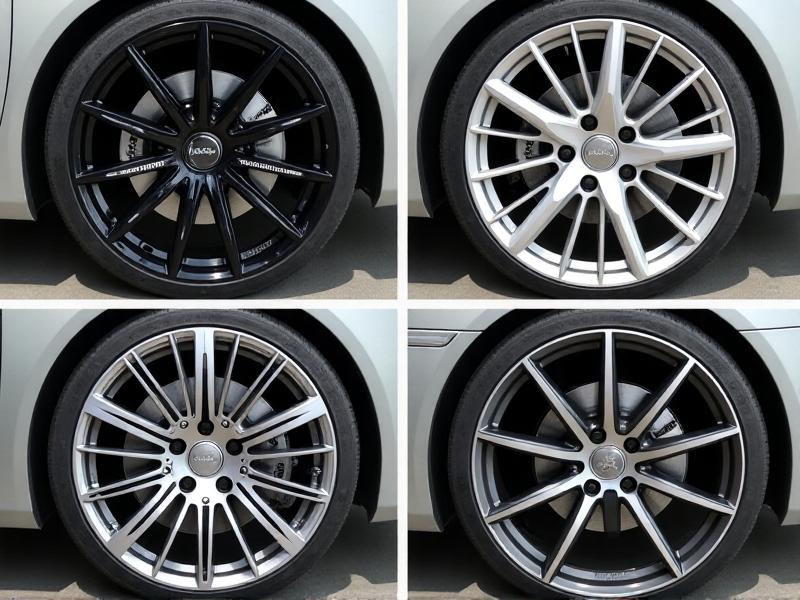
Safe Solutions for Painted and Powder-Coated Wheels
Painted wheels thrive with pH-neutral cleaners that dissolve dirt without degrading the clear coat. Look for surfactants that emulsify grime without scrubbing. For powder-coated finishes, avoid citrus-based or solvent-heavy products—opt for water-based cleaners with UV inhibitors to prevent fading. A microfiber wash mitt and low-pressure rinse prevent micro-scratches. Pro tip: Apply a ceramic sealant post-cleaning to create a hydrophobic barrier against future buildup.
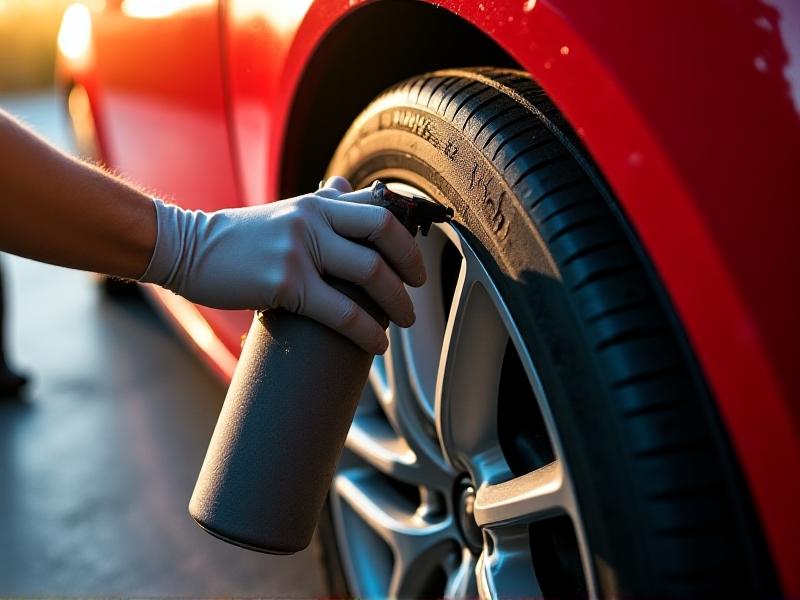
Alloy Wheels: Combating Corrosion and Oxidation
Alloy wheels’ Achilles’ heel is corrosion, often triggered by road salt or acidic cleaners. Choose oxygen-based or citric acid-free formulas to lift grime without pitting the metal. For heavily oxidized alloys, a diluted vinegar rinse (1:3 with water) can neutralize alkalinity before applying a metal-specific polish. Always dry thoroughly—moisture accelerates oxidation. Seasonal waxing adds an extra layer of defense against environmental aggressors.
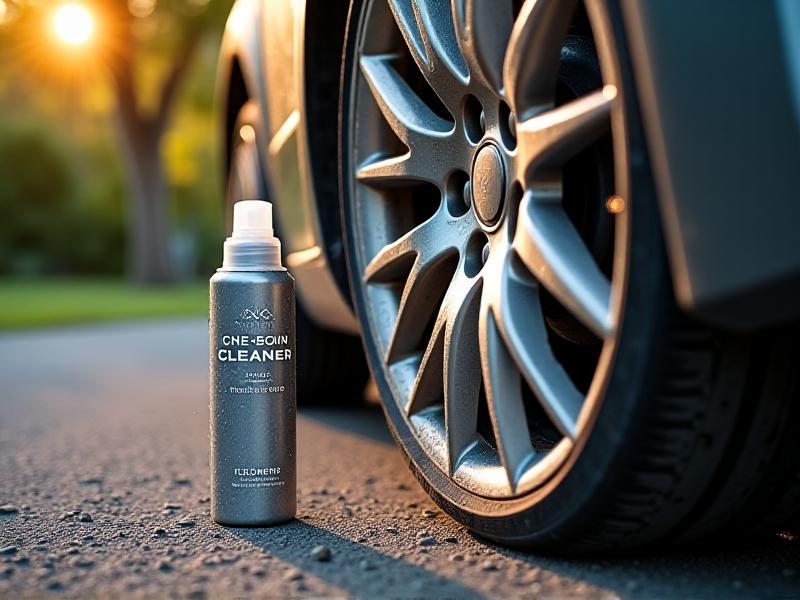
Chrome Wheels: Shine Preservation Without Scratching
Chrome’s mirror-like surface demands meticulous care. Avoid ammonia-based glass cleaners—they leave streaks. Instead, use a diluted dish soap solution and a plush microfiber towel. For persistent water spots, a 50/50 white vinegar and distilled water mix applied with a cotton cloth works wonders. Finish with a chrome-specific polish to fill microscopic pores and repel contaminants. Never use steel wool or stiff brushes—they’re scratch magnets.
DIY vs. Commercial Cleaners: When to Choose Which
DIY solutions (baking soda paste, vinegar rinses) are cost-effective for light cleaning but lack the strength for embedded brake dust. Commercial iron-fallout removers use biodegradable surfactants to dissolve metallic particles chemically. For weekly maintenance, DIY works; for deep cleans, trust engineered formulas. Always patch-test homemade mixes on inconspicuous areas—some natural acids can dull finishes over time.
Application Techniques: Tools and Timing Matter
Spray-on wheel cleaners need dwell time (3-5 minutes) to break down grime but shouldn’t dry on surfaces. Use a dedicated wheel brush with split ends to navigate spokes and lug nuts. For intricate designs, a detailing brush with nylon bristles reaches tight spots. Rinse from top to bottom to prevent cleaner residue from streaking. Always clean wheels first—this avoids splashing brake dust onto a freshly washed car body.
Long-Term Care: Sealants and Seasonal Protection
After cleaning, apply a polymer sealant to create a sacrificial layer against brake dust and UV rays. Ceramic coatings offer 6-12 months of protection but require professional application. In winter, rinse wheels weekly to neutralize road salt. Store seasonal wheels in breathable bags to prevent humidity-induced corrosion. Remember: Consistent care trumps intensive scrubbing—your wheels will thank you with decades of service.
